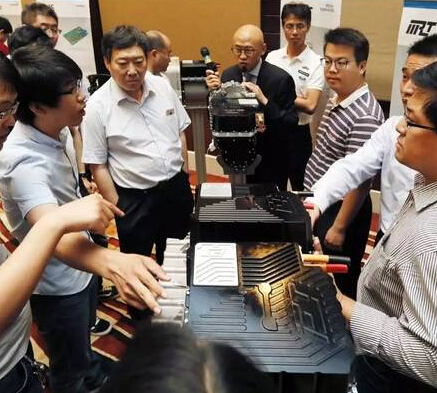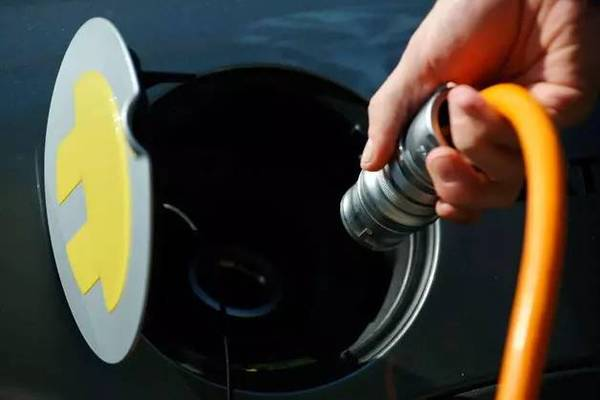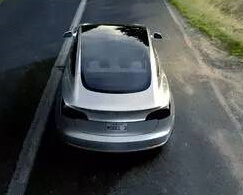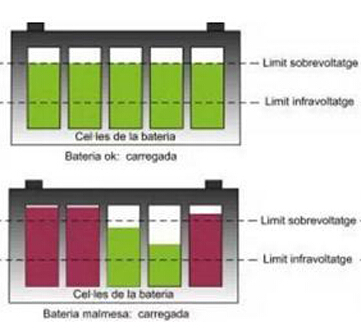In 2017, the production and sales of new energy vehicles in China are close to 800,000 units and it is estimated that in 2018, it will exceed 1 million units. As with conventional fuel trucks, gas stations can not be separated from each other. The development of new energy vehicles can not be separated from the support of energy infrastructure. Currently, the energy supplement for electric vehicles can be divided into three directions: plug-in, battery replacement and wireless.
Plug-in charging refers to the charging pile charging, mainly divided into fast charging and slow charging two technical routes; for the direct conversion of electric vehicles is the power battery for energy supplement, mainly the overall dressup and grouping dress two forms ; Wireless charging refers to charging the vehicle without direct contact with the power supply. With the rapid development of science and technology, these three kinds of energy supplement who will be the boss of this industry?

Development Status of Electric Vehicle Energy Supplementary Infrastructure
At this stage, electric vehicles rely mainly on charging pile for energy supplement. According to the statistics of China Electric Vehicle Charging Infrastructure Promotion Union (Charging Union), as of the end of 2017, there are 450,000 charging poles nationwide and public charging facilities have been basically Completion of the new national standard upgrade, public charging pile 210000, an increase of 51%. It is worth noting that charging pile operation is a very burn-making industry. On the one hand, charging operators may have to face the problem of large investment and slow money recovery. On the other hand, they also have to face the problem of waste of investment due to standard adjustment and other reasons .
In the exchange of electricity, as of now, the domestic use of the mode of exchange has been very few enterprises, but as late as the end of last year Wei to the car industry as a model of the conference, almost out of the public view of the power mode has re-entered the public Sight. At present, domestic enterprises are still promoting the mode of power transmission with Beiqi New Energy, Lifan passenger cars, space-time electric and so on. However, the main main push is mainly a taxi, network car and other commercial areas of private travel.

The future, electric steam charging will look like?
From the National Standards Institute, the National Standards Commission recently solicited opinions on 365 proposed national standards projects, including "Limits and Measurement Methods for Radio Harassment Characteristics of Electric Vehicles and Hybrid Electric Vehicles for Protection of Outdoor Receivers" "Electric Bus High-Power Charging System General Requirements", "Electric Vehicle Wireless Charging System Commercial Vehicle Applications Special Requirements", "Electric Vehicle Wireless Charging System Interoperability and Testing" 4 new energy automotive industry to be proposed national standards. Publicity deadline is January 17, 2018. From this project we may be able to see some of the future development of electric vehicle charging direction: high-power charging, wireless charging.
At the moment, wireless charging technology is far more difficult to apply than wired charging piles. In addition to the cost of equipment, the cost of construction is much higher than that of cable charging posts, and the cost of operation and maintenance is higher than that of standing charging ones. According to a car technician said: wait until the cost of wireless charging and charging pile cost quite, we very much welcome to carry out technical exchanges and cooperation with these wireless charging companies. From this perspective, the main reason for the impact of wireless charging or cost issues.
However, if EVs are capable of wireless charging while driving on highways, they can virtually address users' mileage anxiety and at the same time optimize the user experience. It is expected that long-term electric passenger cars will adopt domestic wired slow chargers, combined with the high-power charging mode of conduction in public places. In the future, wireless charging will likely become the protagonist in the field of electric vehicle charging.
















 RCCN WeChat QrCode
RCCN WeChat QrCode Mobile WebSite
Mobile WebSite







